Heating, Ventilation, and Air Conditioning (HVAC) systems are the backbone of thermal comfort in both residential and commercial buildings. Ensuring these systems run efficiently is crucial for energy conservation and maintaining indoor air quality. One of the most effective tools for analyzing and maintaining HVAC performance is the thermal camera. This article delves into the role of thermal cameras in HVAC performance analysis and how they can help identify and resolve issues within these critical systems.
Understanding Thermal Imaging Technology
At the heart of HVAC performance analysis is the ability to visualize and measure temperature variations. Thermal imaging cameras, also known as thermographic cameras, use infrared technology to detect these subtle temperature differences. By translating thermal energy into visible images, technicians can pinpoint issues that may not be apparent to the naked eye.
The Advantages of Thermal Cameras in HVAC Systems
Thermal cameras offer several advantages over traditional diagnostic methods:
- Non-Invasive Inspection: Thermal cameras allow for non-contact temperature measurement, meaning there's no need to disrupt the system or breach surfaces to identify issues.
- Efficiency: These cameras can quickly scan large areas, saving time and resources compared to manual inspections.
-
Precision: Thermal imaging provides detailed temperature readings with accuracy, which is essential for diagnosing complex HVAC problems.

The Advantages of Thermal Cameras in HVAC Systems
Thermal cameras offer several advantages over traditional diagnostic methods:
- Non-Invasive Inspection: Thermal cameras allow for non-contact temperature measurement, meaning there's no need to disrupt the system or breach surfaces to identify issues.
- Efficiency: These cameras can quickly scan large areas, saving time and resources compared to manual inspections.
-
Precision: Thermal imaging provides detailed temperature readings with accuracy, which is essential for diagnosing complex HVAC problems.

The Role of Thermal Cameras in HVAC Performance Analysis
Detecting Air Leaks
One of the primary roles of thermal cameras in HVAC systems is detecting air leaks. Air leakage can significantly impact a system's efficiency by allowing conditioned air to escape and drawing in outside air. Thermal cameras can identify these leaks by revealing temperature differences along ducts and vents.
Identifying Clogged Filters
Another critical role is identifying clogged filters. Restricting airflow not only reduces a system's efficiency but also increases energy consumption. Thermal cameras can detect the temperature variances caused by restricted airflow, indicating the need for filter maintenance.
Diagnosing System Efficiency Issues
Thermal cameras can also help diagnose broader system efficiency issues. By analyzing the temperature distribution across an HVAC system, technicians can identify areas where energy is being wasted, such as insufficient insulation or imbalanced air distribution.
Optimizing Energy Consumption
By identifying and addressing these issues, thermal cameras play a vital role in optimizing a system's energy consumption. This not only reduces operational costs but also contributes to environmental sustainability.

Steps for Using Thermal Imaging in HVAC Maintenance
- Visual Inspection: Begin with a standard visual inspection to note any obvious signs of wear or damage.
- Selecting the Right Camera: Choose a thermal camera with the appropriate resolution, sensitivity, and temperature range for the specific HVAC system.
- System Scanning: Take thermal images of all components, focusing on areas with significant temperature differences.
- Image Interpretation: Compare thermal images to identify abnormal temperature spots, which could indicate problems.
- Action: Based on the findings, make necessary repairs or adjustments to ensure the system operates efficiently.
Comparative Analysis with Other Diagnostic Tools
While traditional diagnostic tools like anemometers and pressure gauges are still valuable, thermal cameras offer a more comprehensive and efficient approach. They provide a holistic view of the system's performance, allowing technicians to address issues that may not be apparent through piecemeal testing.
Thermal cameras are indispensable tools in the HVAC industry, offering a quick, accurate, and non-invasive method to analyze and improve system performance. As technology advances, the role of thermal cameras in HVAC performance analysis will continue to grow, providing even greater benefits for both technicians and building owners.


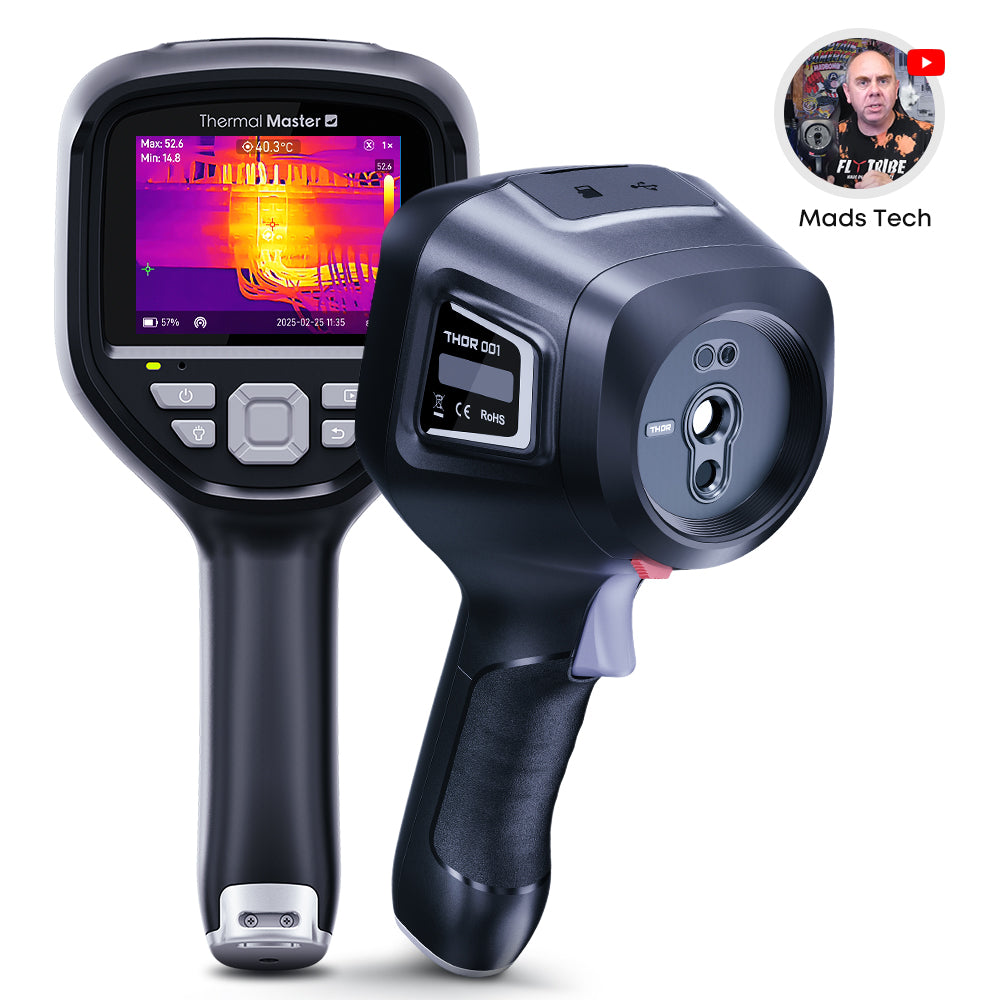

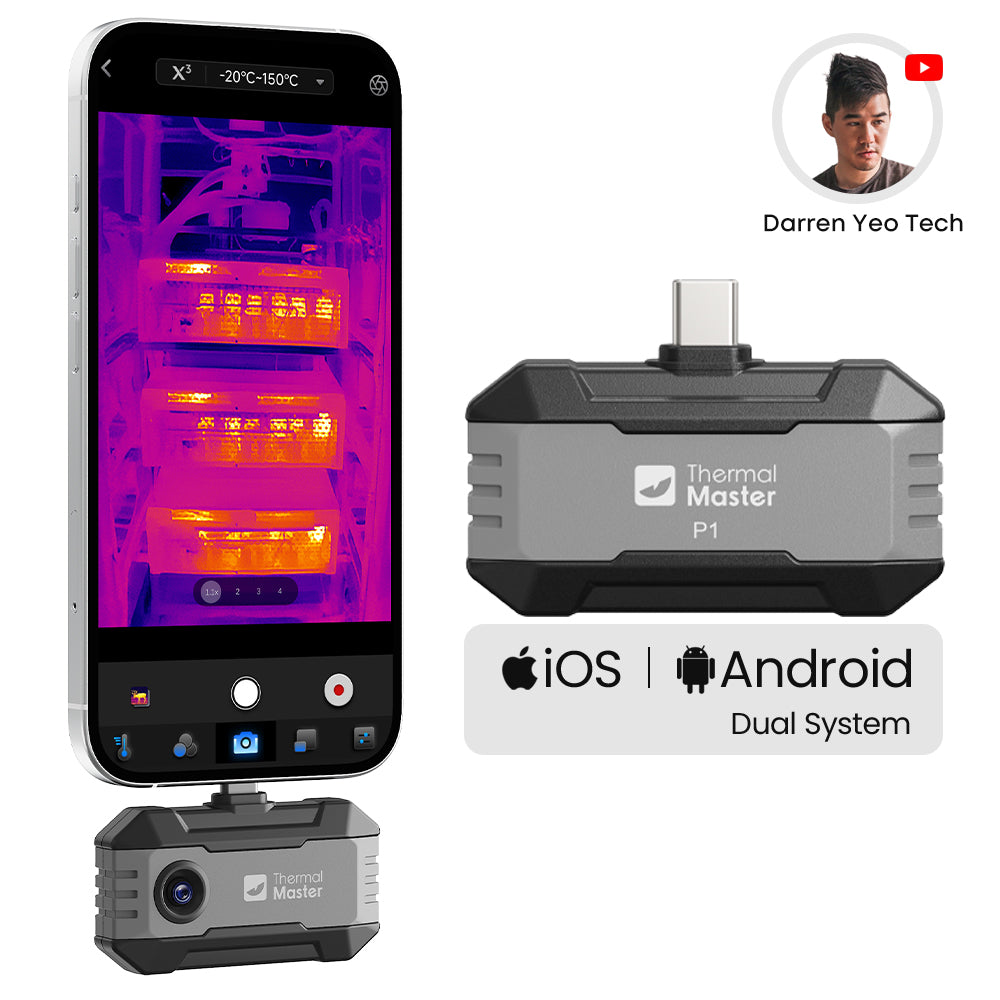
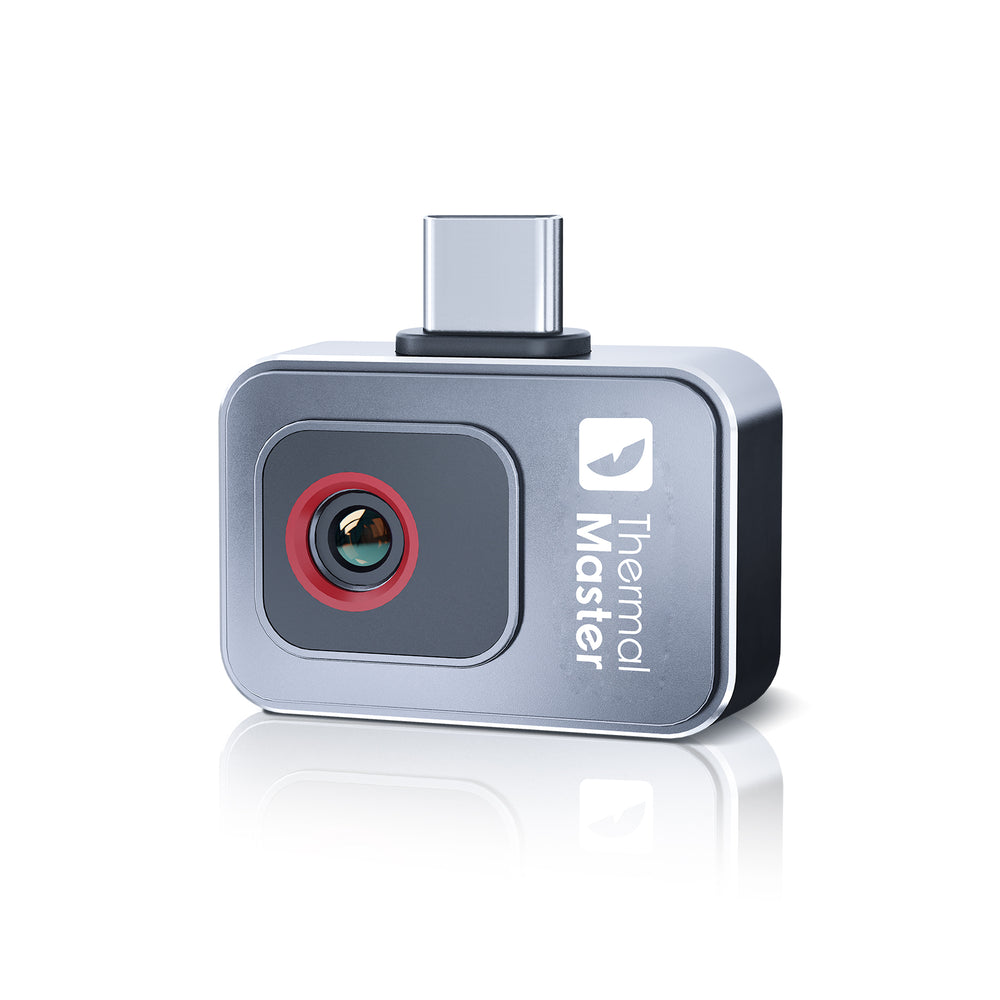
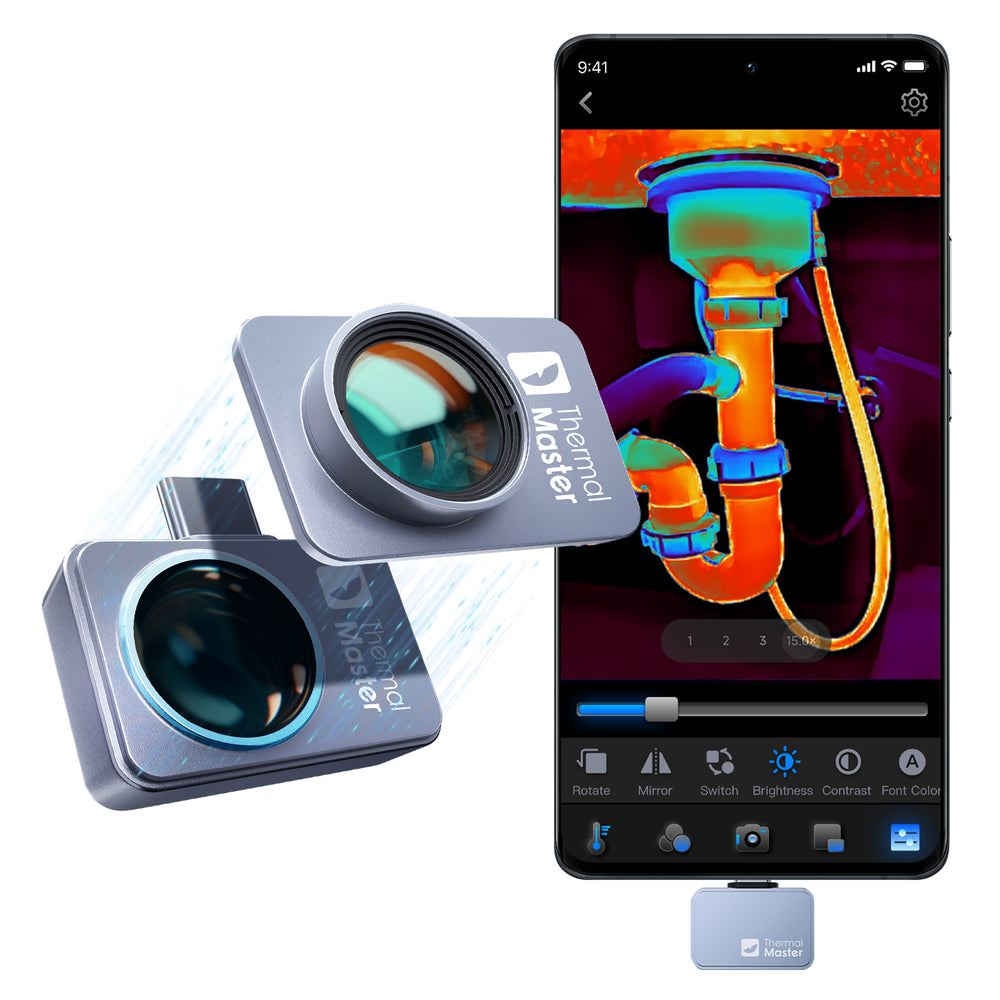
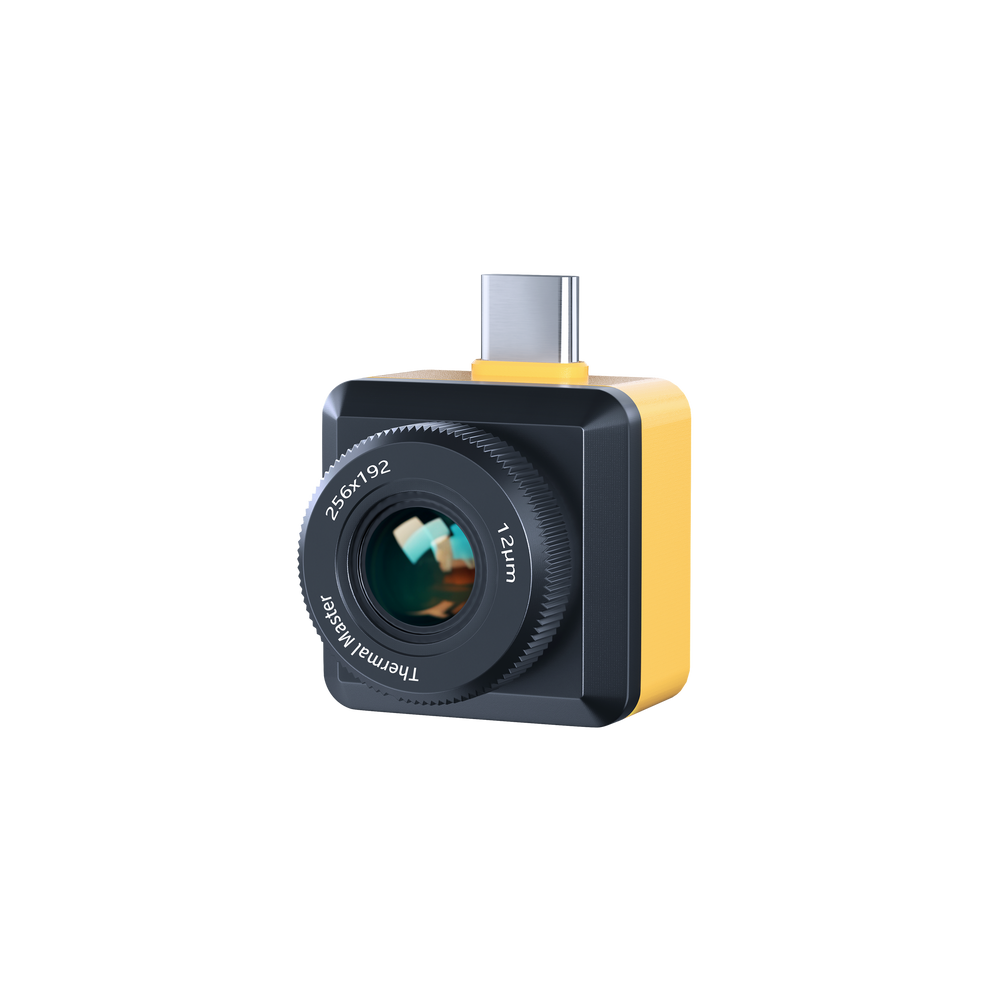
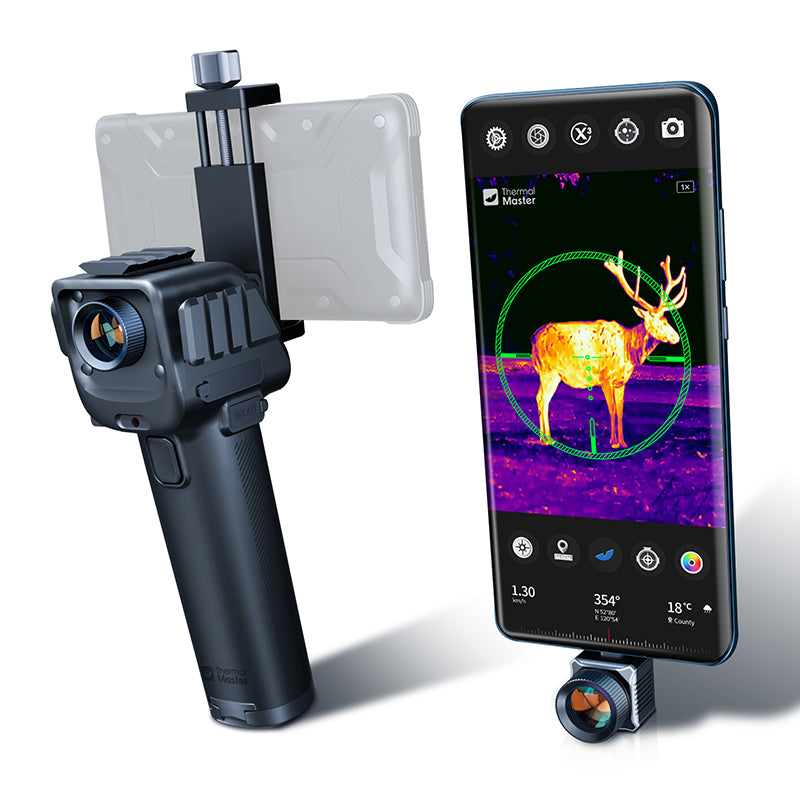
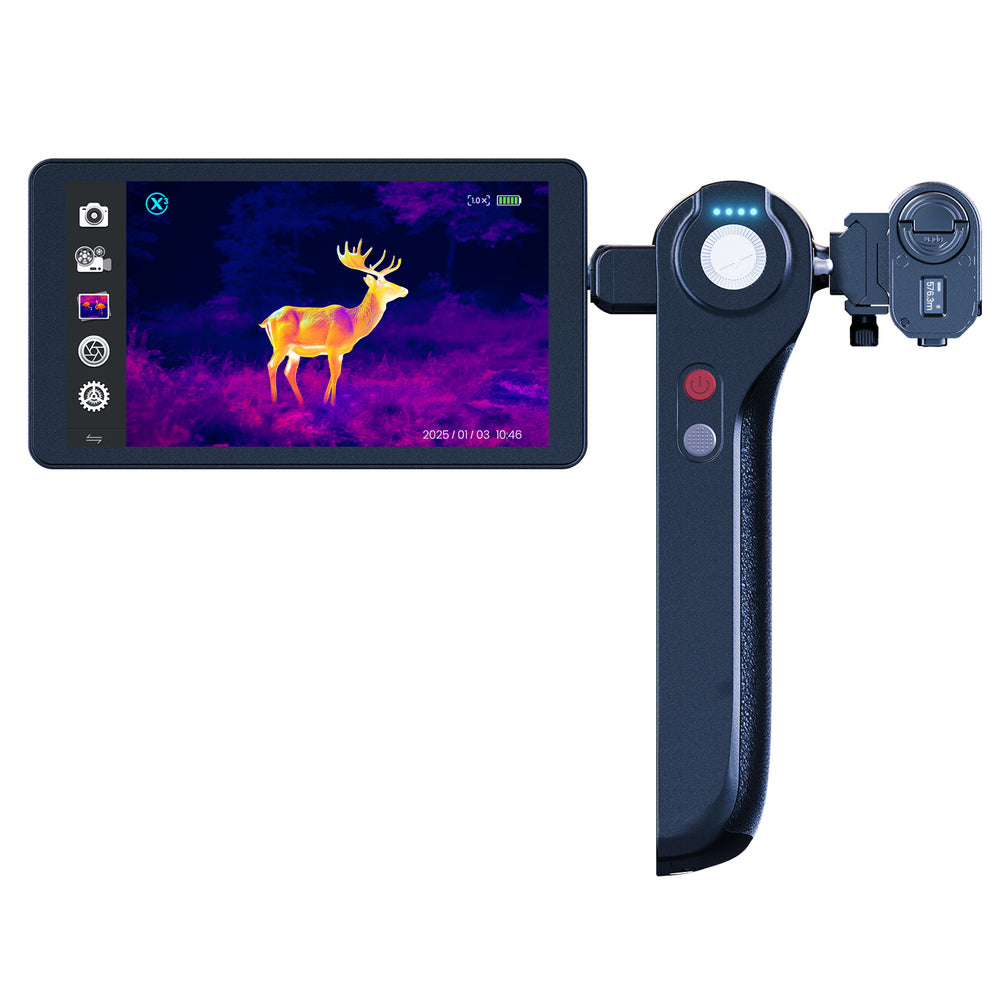
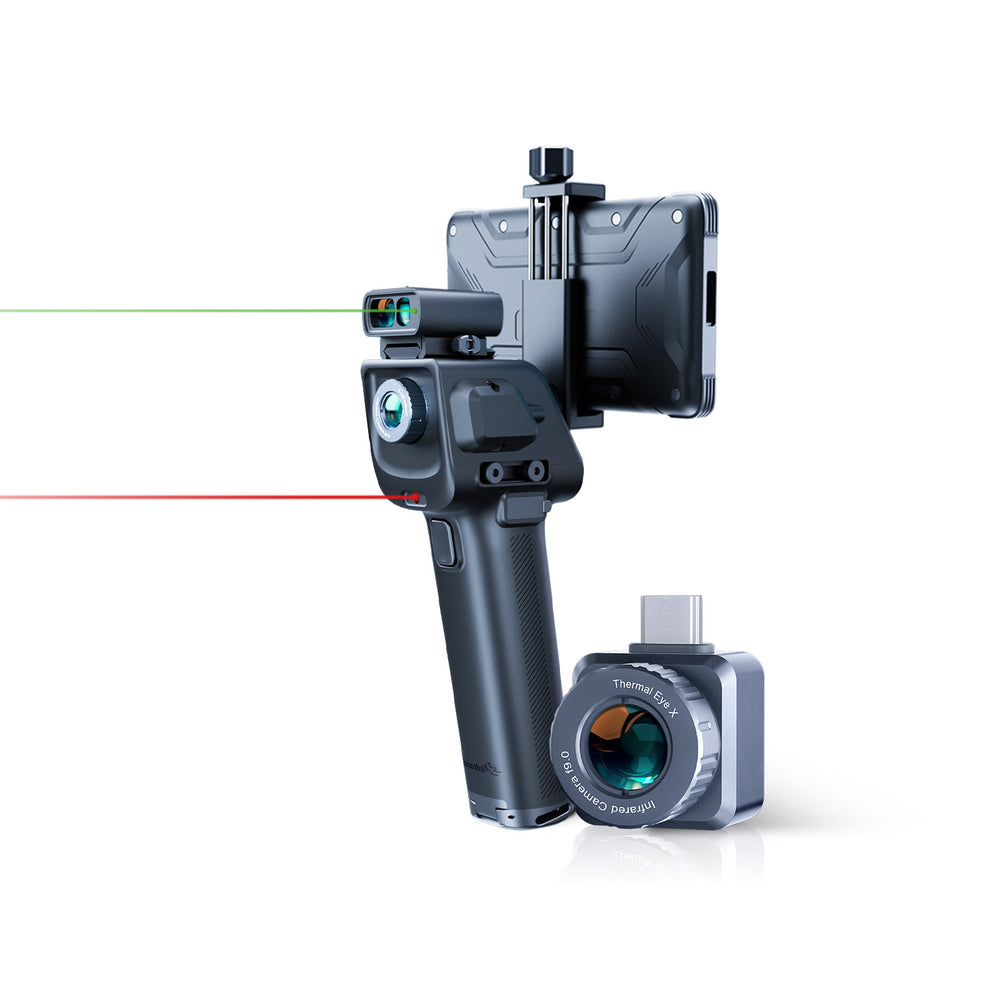
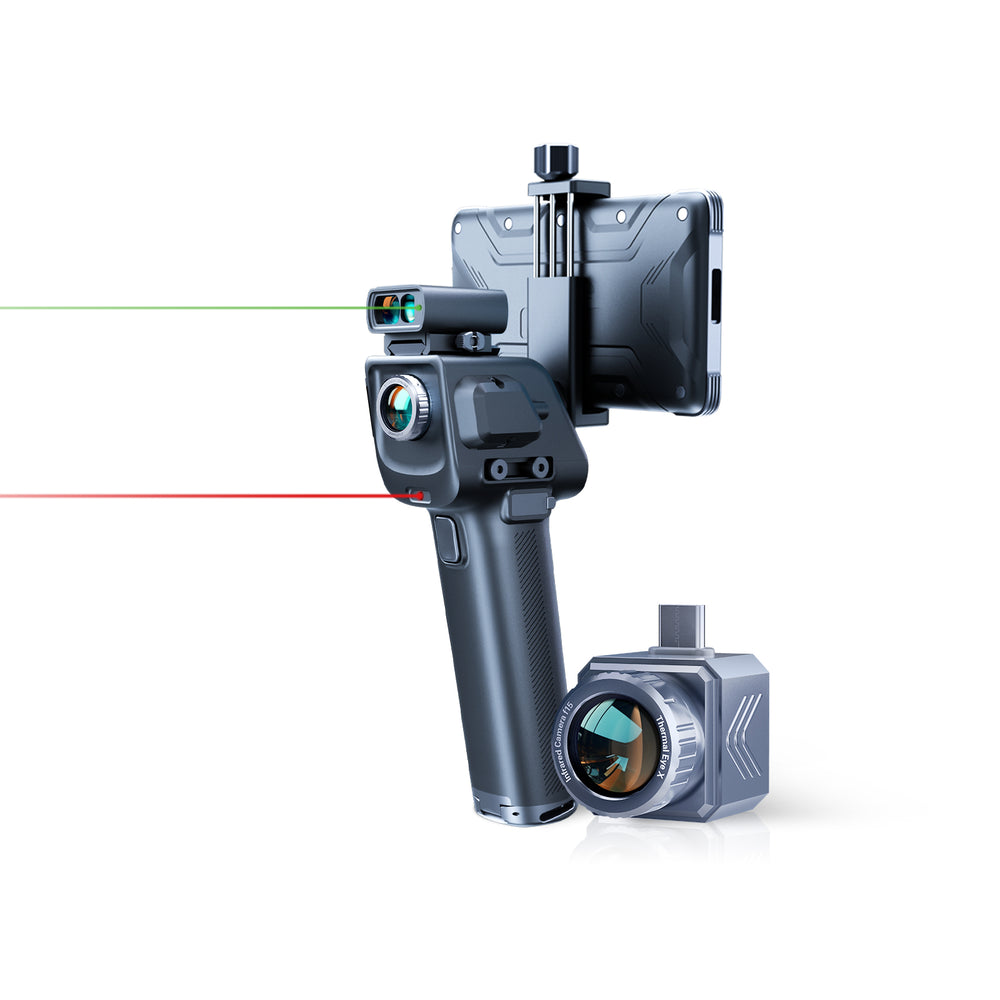
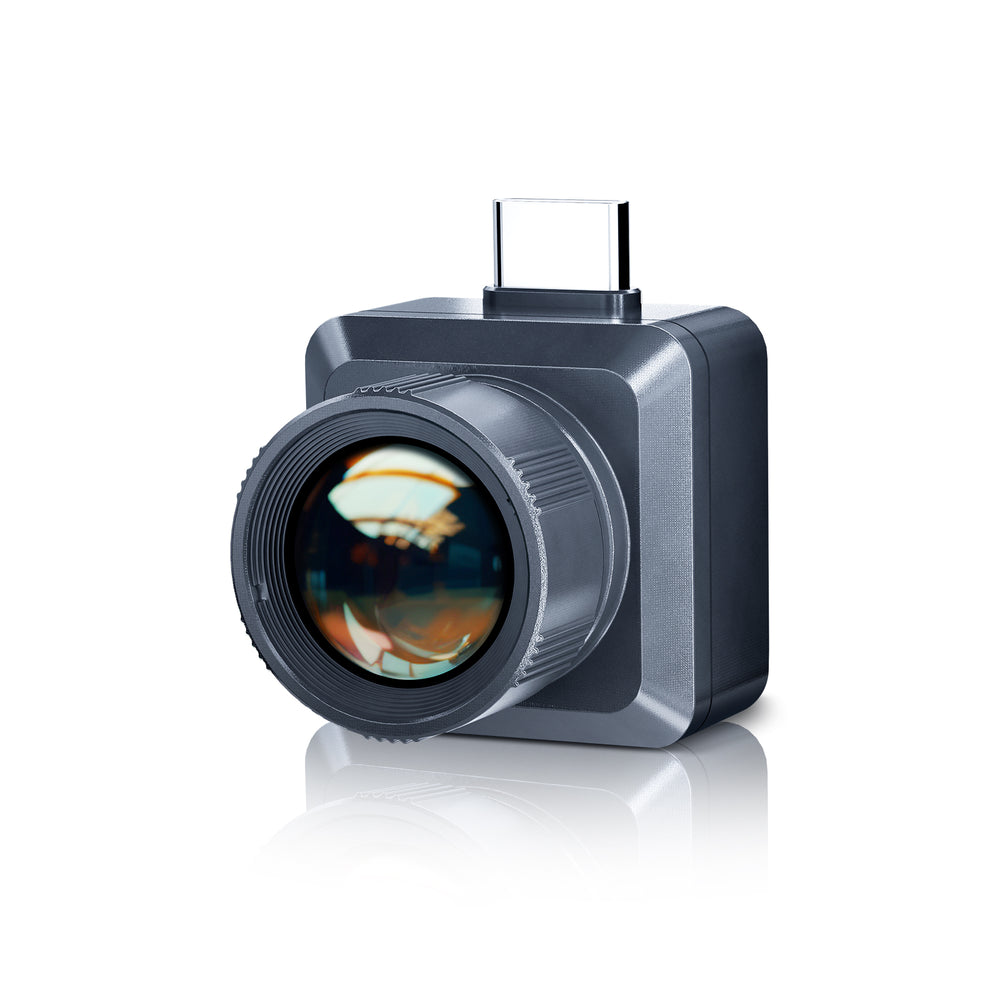
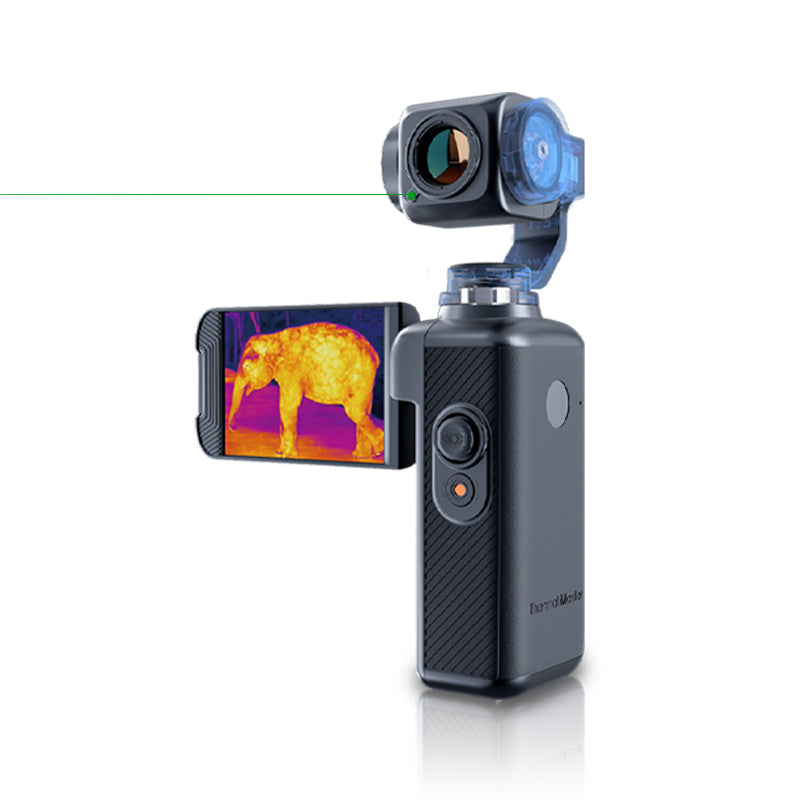
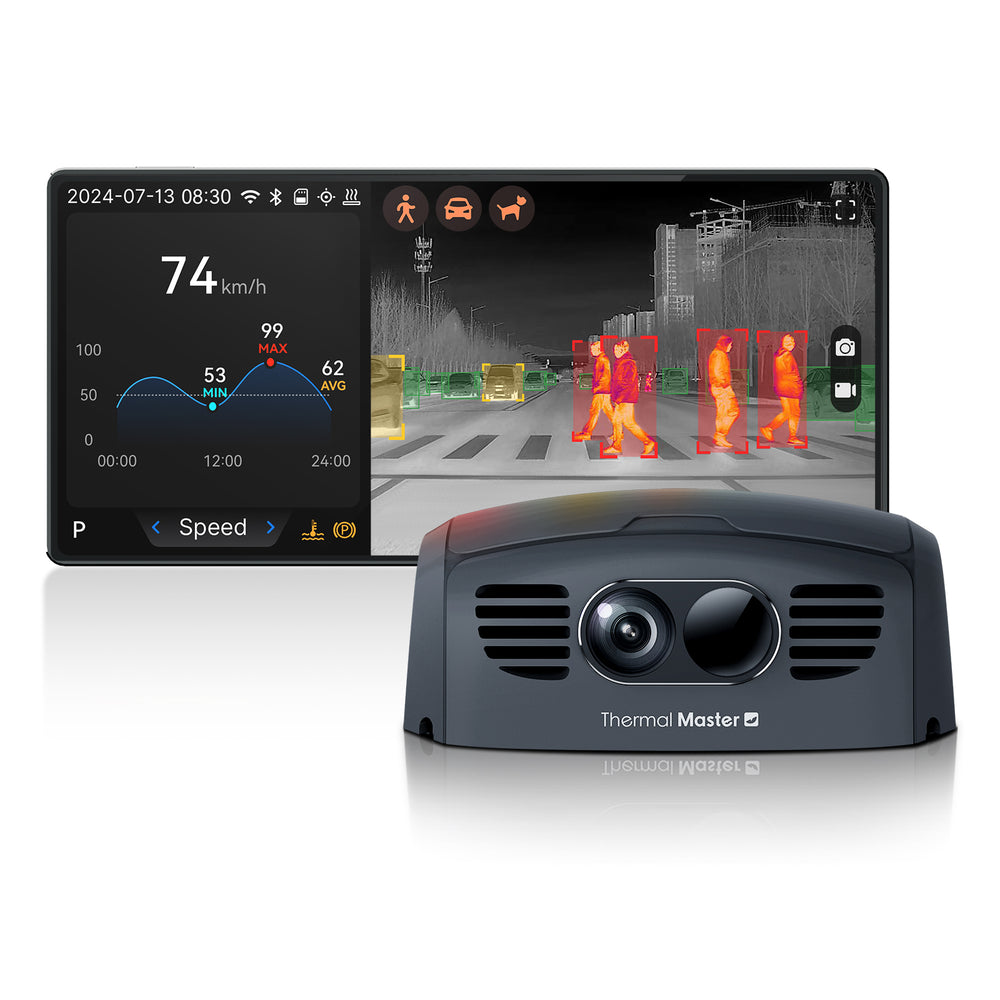
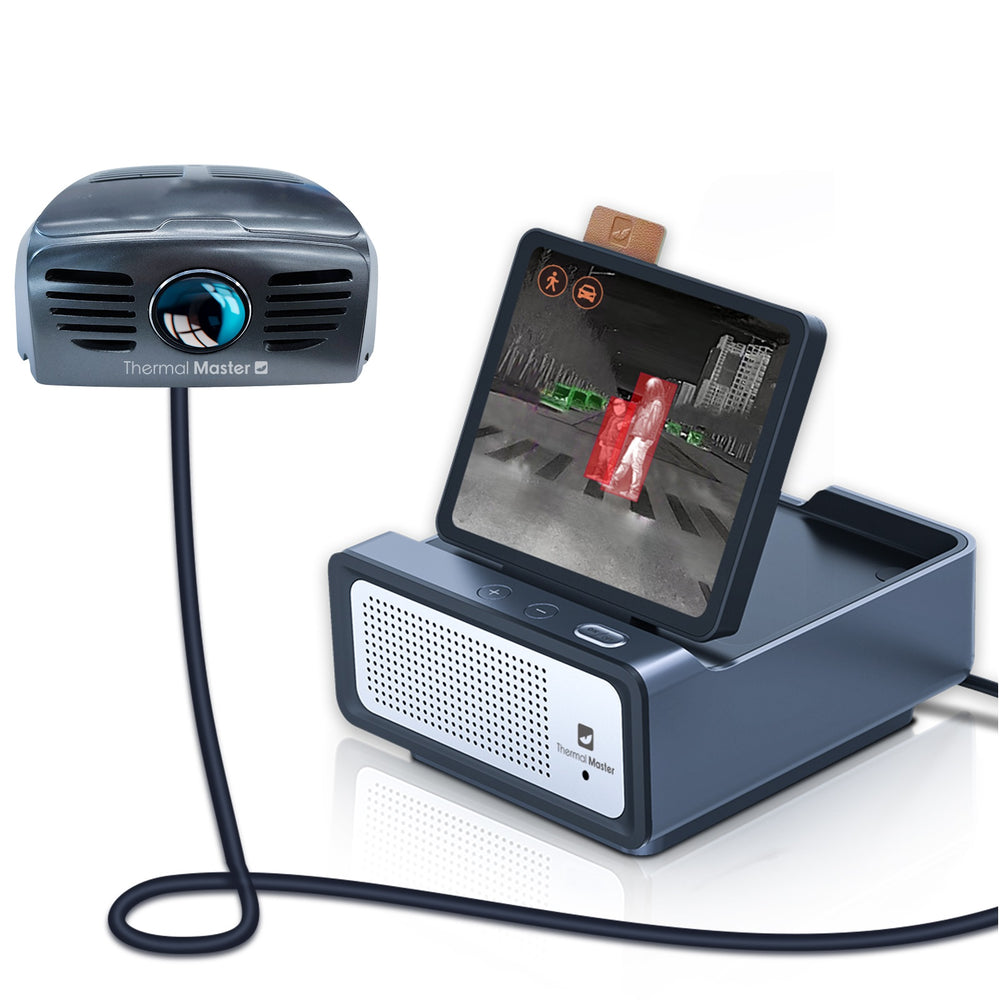
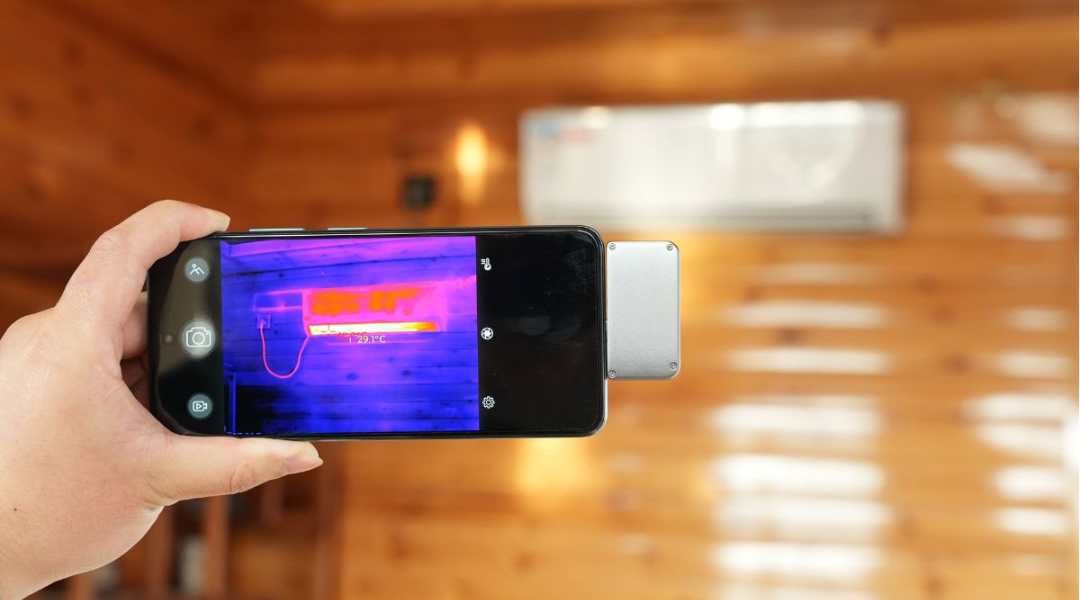
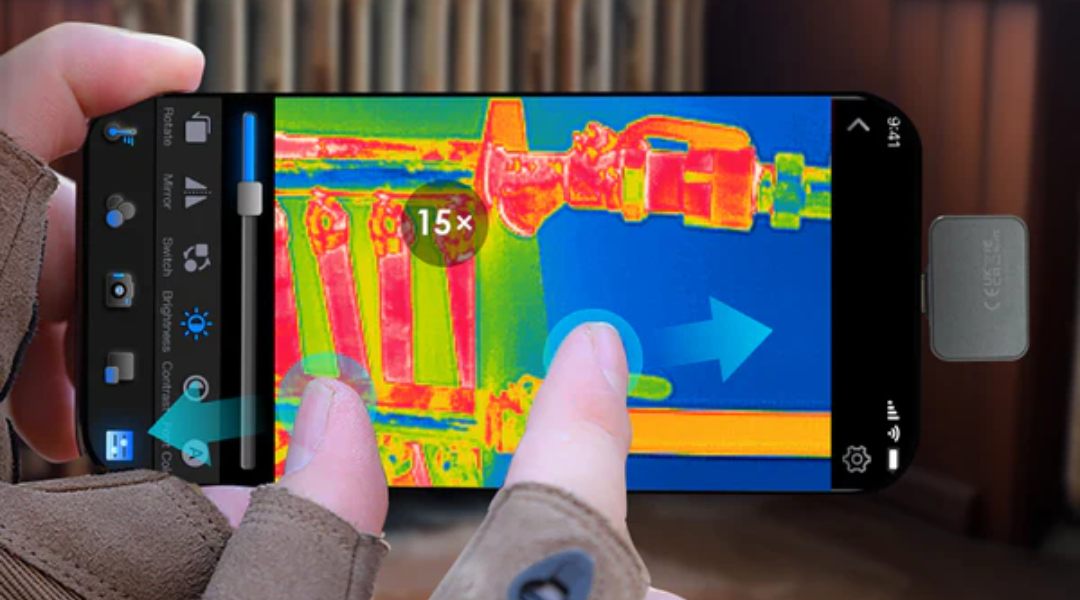
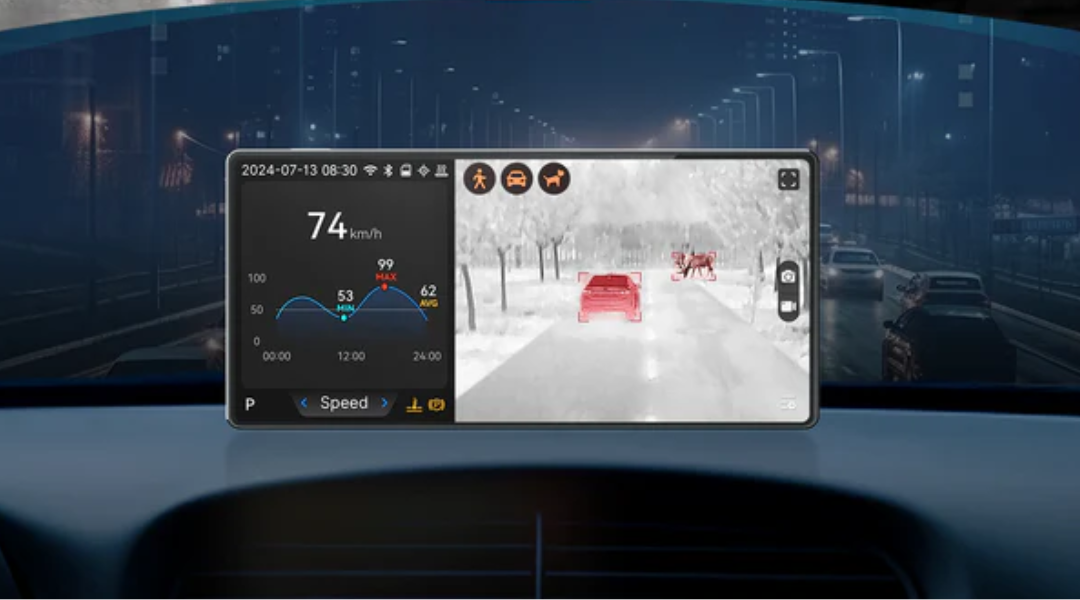
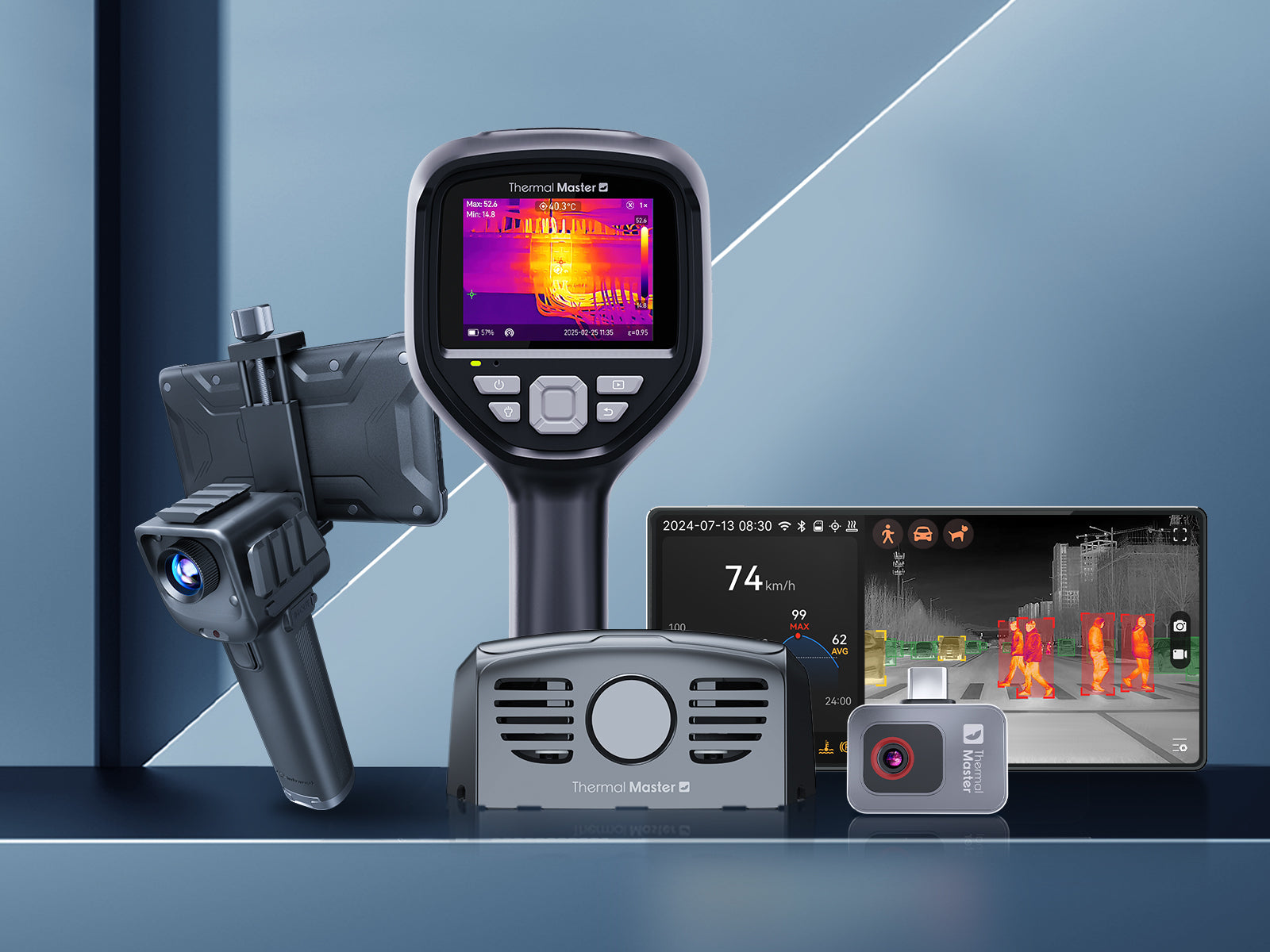
Leave a comment
All comments are moderated before being published.
This site is protected by hCaptcha and the hCaptcha Privacy Policy and Terms of Service apply.